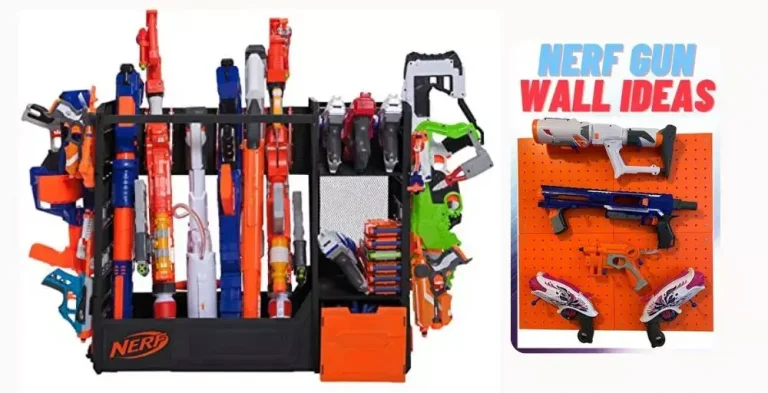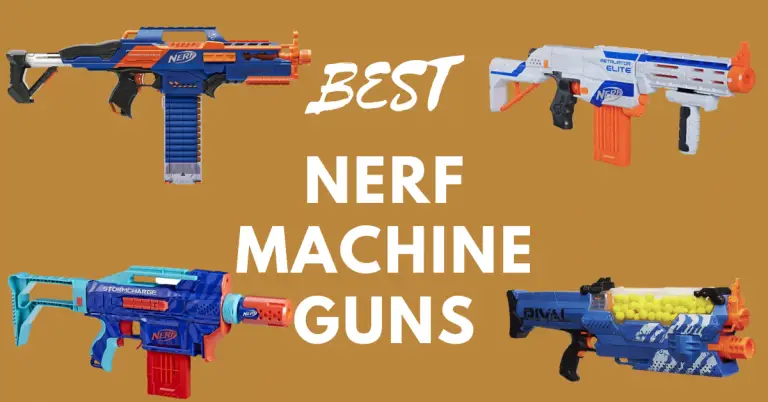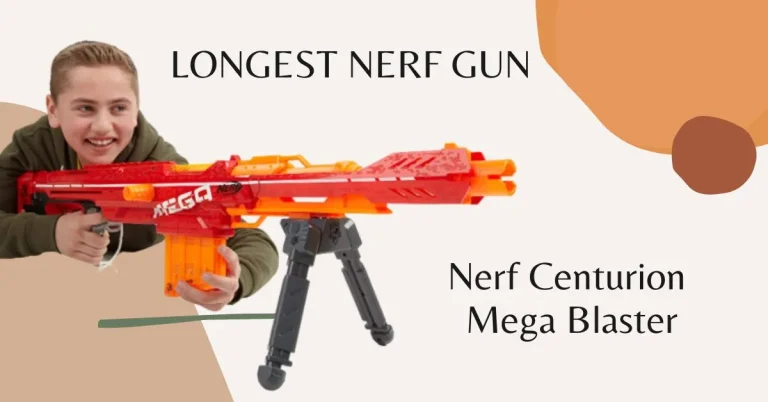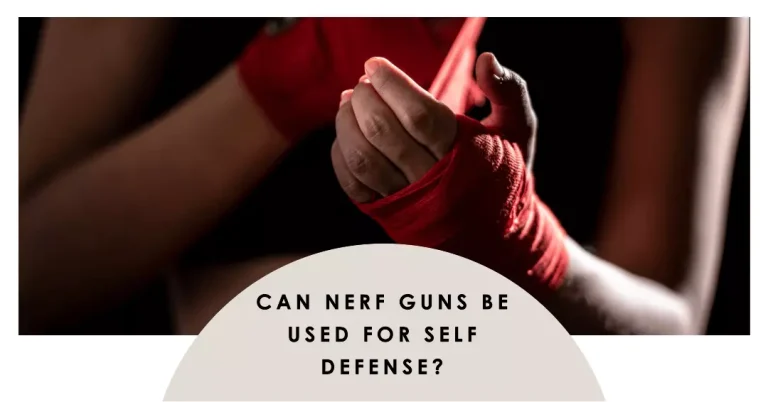Shooting Mechanism of Nerf Super Soaker Blasters
Nerf Super Soaker blasters have been entertaining kids and adults alike with their exciting water-based battles. Understanding the shooting mechanism of these blasters is crucial for optimizing their performance.
The shooting mechanisms of Nerf Super Soaker blasters vary, and they have used different technologies over the years. Some of the mechanisms include air pressure with a separate chamber, spring-powered systems, motorized systems, and the Constant Pressure System.
For example, the Super Soaker 100 used separate air pressure, while the Quick Blast and Shot Blast used spring-powered mechanisms
Nerf water blasters are toy water guns manufactured by Hasbro. They are designed to shoot streams of water for recreational purposes. These blasters come in different sizes, styles, and with varying shooting ranges.
The shooting mechanism is at the core of their functionality, determining how far and how powerful the water stream can be.
Water Gun Mechanism
Nerf Super Soaker guns employ different shooting mechanisms, each with its own unique features and advantages. Let’s take a look at the most common types:
Air Pressure System
The air pressure system is a popular shooting mechanism used in many blasters like Nerf Super Soaker Soakzooka. It relies on compressed air to launch water projectiles. When the user pumps the blaster, air is forced into a pressure chamber, building pressure.
Upon triggering, the release valve opens, allowing the pressurized air to propel water from the reservoir through the nozzle.
Elastic Energy System
The elastic energy system utilizes the potential energy stored in an elastic material to shoot water. In this mechanism, the blaster features an elastic band or a spring that is stretched or compressed. When the trigger is pulled, the stored energy is released, propelling water forward.
Pump-Action System
The pump-action system is a manual shooting mechanism that involves repeatedly pumping a handle to build pressure.
The pump is connected to a pressure chamber, and as the user pumps, air is compressed. Upon triggering, the release valve opens, allowing the pressurized air to force water out of the nozzle.
Motorized System
Some advanced Nerf water blasters utilize a motorized shooting mechanism. These blasters have an electric motor that drives a pump or a propeller. The motorized mechanism automatically pressurizes the water and propels it out of the nozzle when the trigger is pulled.
Components
Nerf super soaker is one of the best toy for summer, kids love these toy guns. To better understand the shooting mechanism, let’s explore the key components involved:
Water Reservoir
The water reservoir is where the water is stored before being shot. It can vary in size and capacity depending on the blaster model.
Pressure Chamber
The pressure chamber is responsible for storing and pressurizing the air used to propel the water. It connects to the water reservoir and holds the pressurized air until the trigger is pulled.
Trigger Mechanism
The trigger mechanism controls the release of pressurized air and water. When the trigger is pulled, it opens the release valve, allowing the air and water to escape through the nozzle.
Nozzle
The nozzle is the opening through which the water is expelled. Its design and size impact the water stream’s range, accuracy, and spread.
Release Valve
The release valve is responsible for controlling the flow of pressurized air and water. It opens when the trigger is pulled, enabling the propulsion of water.
Step-by-Step Process of Shooting Water Streams
- Fill the water reservoir of the blaster with clean water.
- Prime the blaster according to its shooting mechanism (pumping, stretching, or turning on the motor).
- Aim the blaster at the target.
- Pull the trigger to release the pressurized air and water.
- The water stream shoots out of the nozzle towards the target.
Tips for Maximizing Water Guns Performance
To enhance the performance of your Nerf Super Soaker blaster and want to have maximum fun , consider the following tips:
- Ensure the blaster is properly primed before shooting.
- Experiment with different nozzle types to find the optimal stream range and spread.
- Maintain a consistent pumping or priming rhythm to maintain pressure.
- Keep the blaster clean and free from debris for optimal functioning.
- Use water of a suitable temperature, as extreme cold or hot water may affect performance.

I am a Nerf gun fan, researcher and modder. I post reviews about Nerf blasters and also share tips to solve issues with your toy guns.






